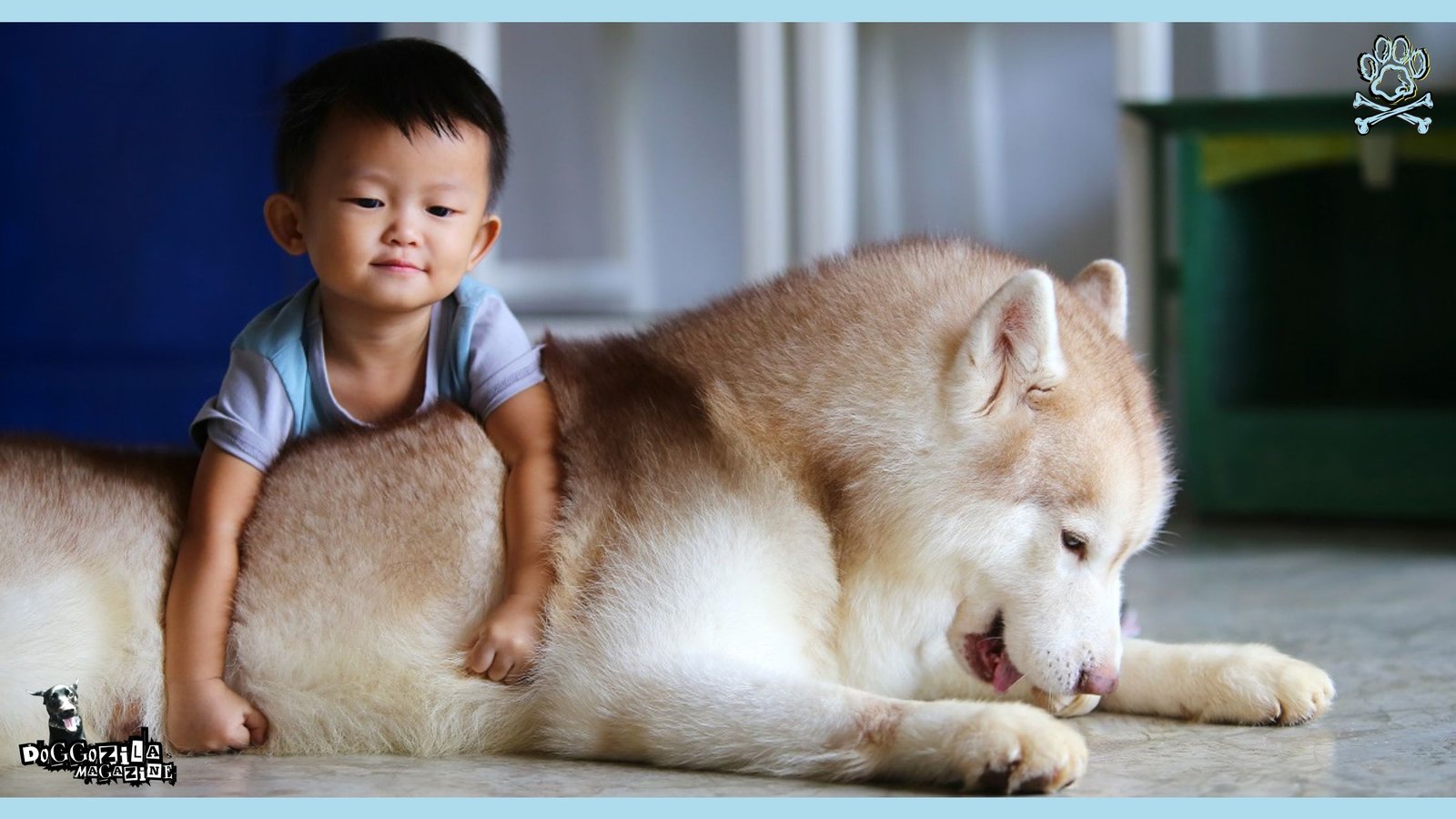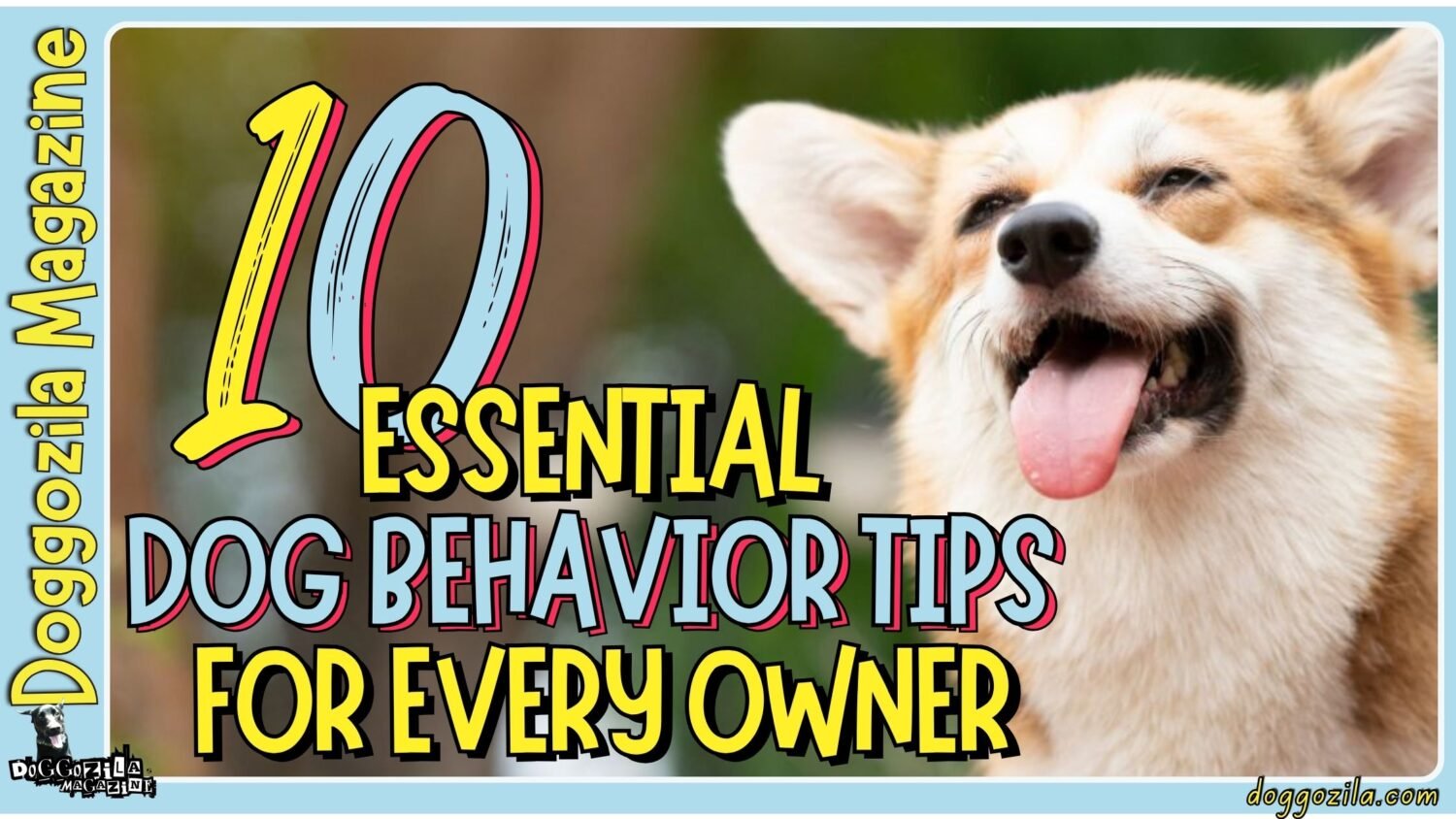Bringing a dog into a new home represents a significant change for both the pet and the owner. The adjustment period is a crucial phase during which the dog acclimates to their new environment. It is essential to understand that this period can vary significantly among different dogs, influenced by several factors, including the dog’s age, past experiences, and inherent temperament. In this guide article we will show you ways to help your dog adjust in new home.
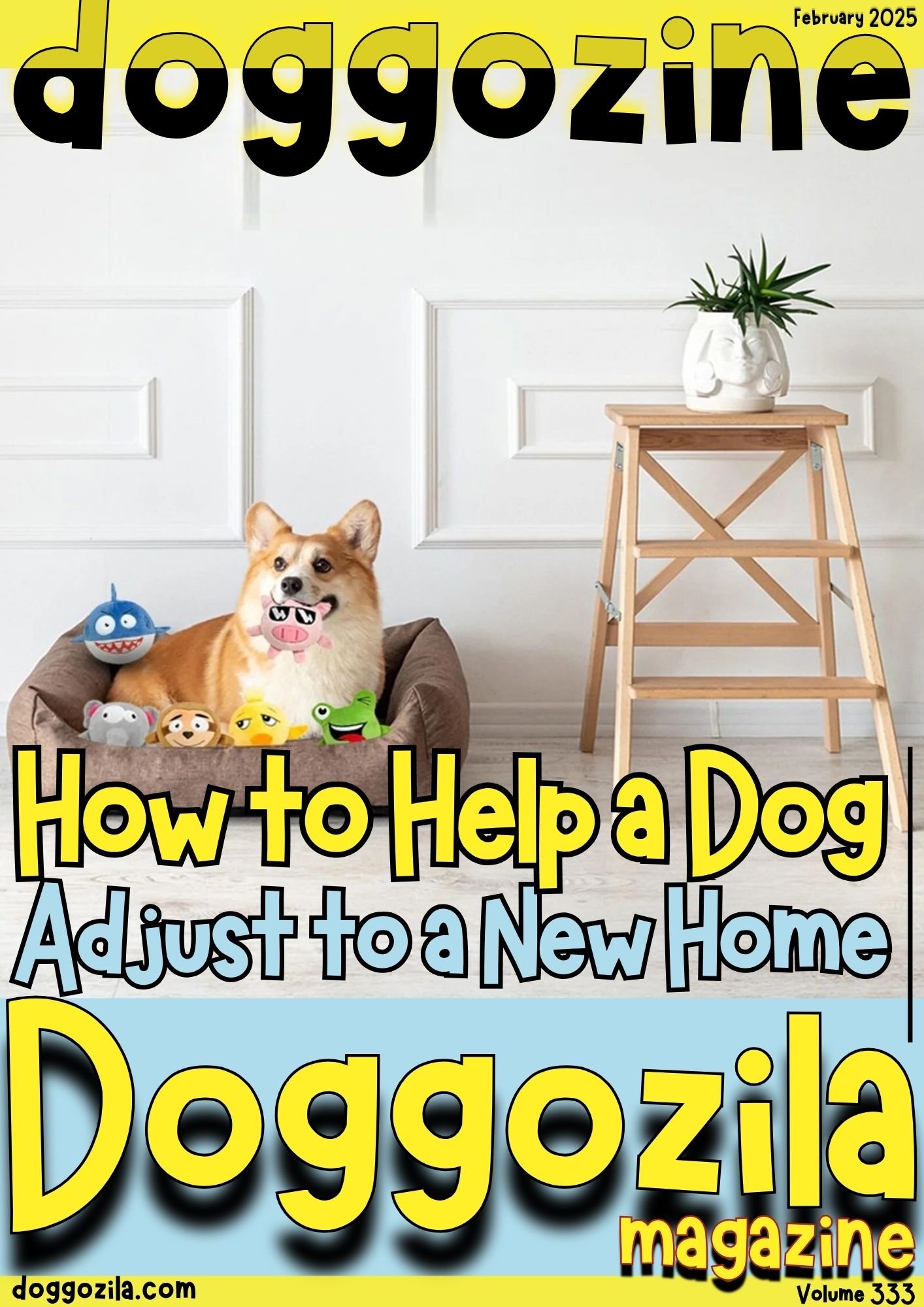
UNDERSTANDING WHY TO HELP A DOG ADJUST TO A NEW HOME
Puppies, for instance, may adapt more readily and quickly than older dogs, who may have had established routines and environments. A dog with a traumatic past or one that has experienced multiple moves may exhibit longer adjustment periods, displaying signs of anxiety and distrust. Conversely, dogs with stable backgrounds may transition more smoothly into their new surroundings.
What To Expect When You Help a Dog Adjust to a New Home
When you help your dog during this period to adjust, as owners you can expect typical behaviors such as curiosity about their new home, reluctance to explore, signs of anxiety such as excessive dog barking or pacing, and potentially weird eating habits.
Some dogs might initially appear withdrawn, while others may exhibit overzealous friendliness. It is crucial for owners to remain patient as their dog navigates this period of change. Understanding your pet’s behavior is vitally important. Recognizing signs of stress and discomfort can help owners to provide appropriate support.
Creating a safe, welcoming space with familiar items from the dog’s previous environment — such as toys and bedding — can greatly aid in calming their nerves and offering reassurance. Moreover, maintaining consistency in routines, such as feeding and walking, can provide a sense of stability for the dog. Given time and emotional support, most dogs will adjust, becoming settled and secure in their new home.
🔑 Key Points: Recognizing signs of stress and discomfort can help owners to provide appropriate support. The key lies in the willingness to allow this process to unfold at the dog’s natural pace, ensuring a harmonious transition for all involved.
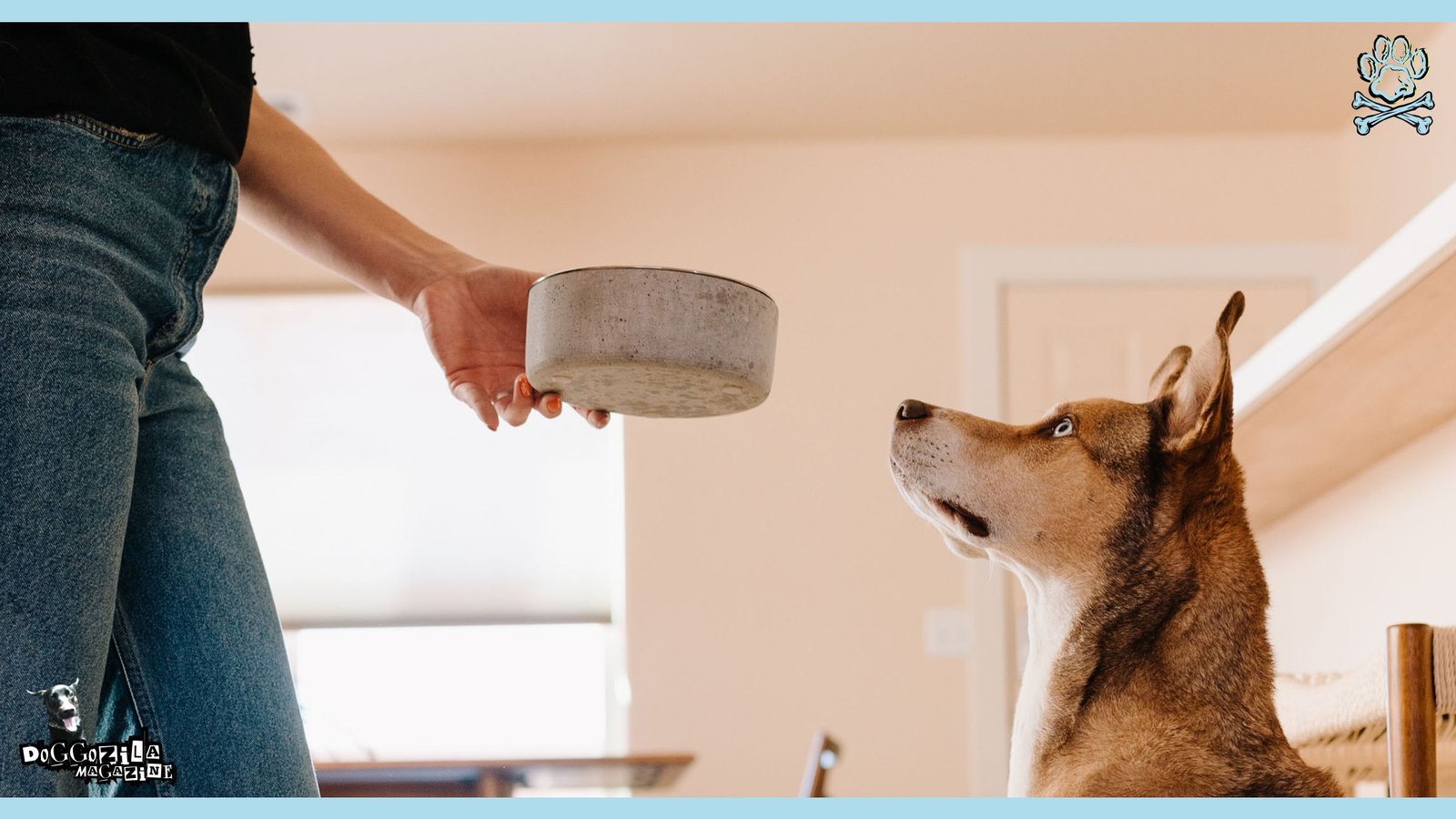
CREATE A COMFY AND SAFE SPACE TO HELP YOUR DOG ADJUST TO A NEW HOME
Welcoming a new dog into your home is an exciting venture, and ensuring they feel at ease is paramount. One of the first steps in helping your canine companion adjust is to create a comfortable and safe space within your home. This environment should be tranquil, allowing your pet to relax and feel secure as they settle into their new surroundings.
First Step Is to Choose Your Dog Area
Start by selecting a quiet area away from the hustle and bustle of daily activities. This could be a corner in the living room, a spare bedroom, or another quiet space that is designated solely for your dog.
Once you have identified an ideal location, furnish it with a dog bed that is both comfortable and supportive. Including a few personal items such as toys, blankets, or even a piece of your clothing can also provide comfort. Familiar scents can significantly help in making your dog feel secure.
Dogs possess a keen sense of smell, and items that carry their previous owner’s scent or even your own can serve as a reminder of warmth and safety. This personal touch encourages them to claim their new space as their own.
Second Step is to Avoid any Disruptions
Minimizing disruptions in the initial days is vital for your dog’s adjustment process. Limit loud noises and sudden movements that may startle them, allowing them time to acclimate. Alongside a stable environment, consistency is key. Establishing a routine for feeding, walks, and playtime creates predictability, which can greatly enhance their sense of security.
This predictability allows your dog to learn what to expect throughout the day, reducing any anxiety associated with transitions. By providing a safe space and a structured routine, you will facilitate a smoother adjustment for your dog, paving the way for a lasting bond with your new furry family member.
🔑 Key Points: Most important is to create a comfortable and safe space within your home. Get a good bed and a few personal items such as toys and blankets. Familiar scents can significantly help in making your dog feel secure.
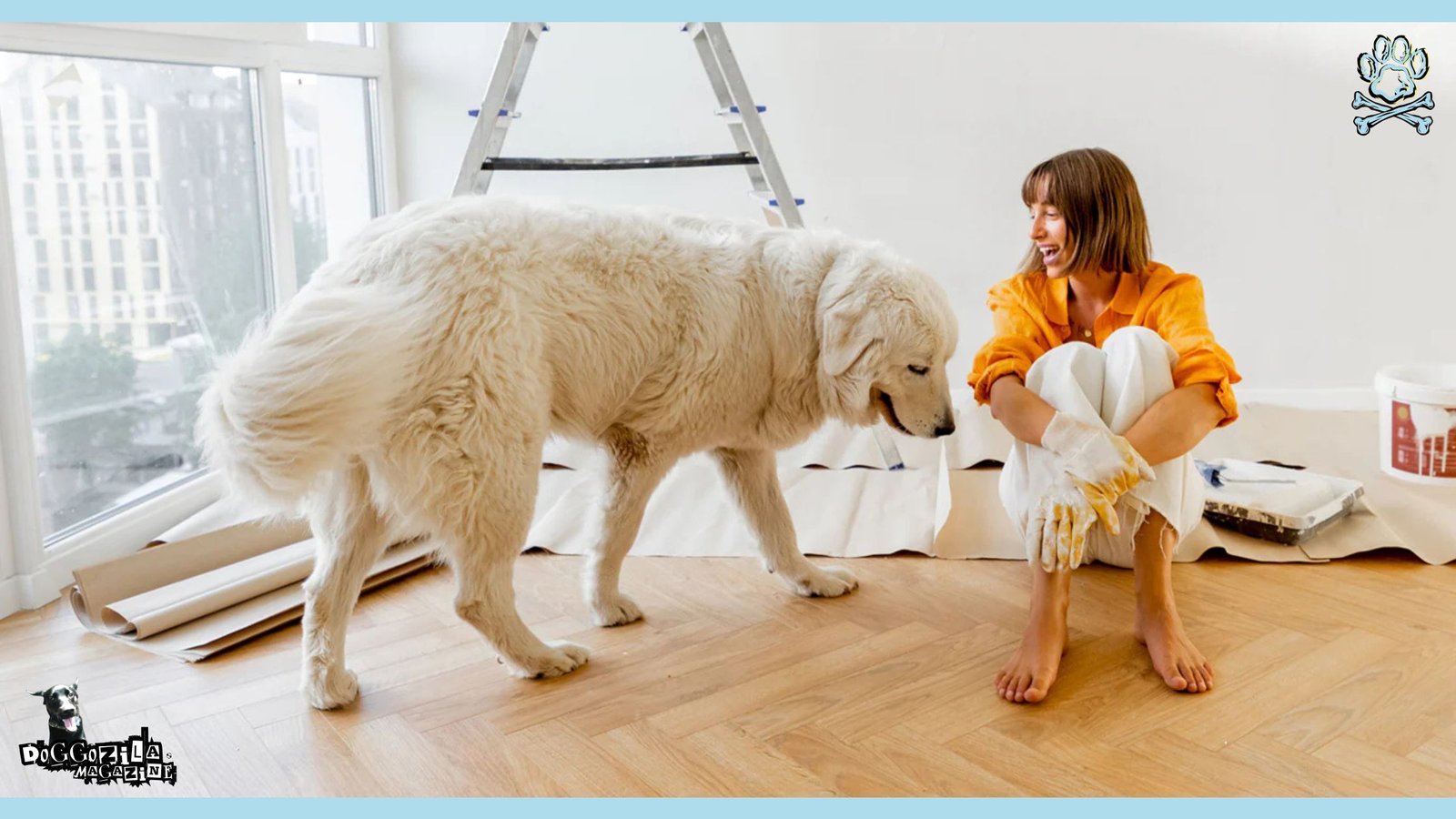
ESTABLISHING A ROUTINE AND BOUNDARIES WILL HELP A DOG ADJUST TO A NEW HOME
One of the crucial steps to help a dog adjust to a new home is establishing a consistent daily routine. Dogs thrive on predictability, and a structured schedule can greatly help them feel secure and settled in their new environment. Creating a routine involves regular feeding times, daily walks, and scheduled playtime. These activities not only provide the physical exercise your dog needs but also stimulate their mind, which is essential for overall well-being.
Create a Consistent Feeding Schedule
Feeding should occur at the same times each day, as this reinforces a sense of security for your pet. A consistent feeding schedule reduces anxiety and allows the dog to anticipate their meals, making them feel more at home.
Similarly, daily walks should be conducted at the same time to establish a sense of rhythm in your dog’s life. Walking is not only a physical necessity but also provides mental stimulation and socialization opportunities, both vital for a dog’s total adjustment.
Engage in Regular Play Sessions
Playtime also plays a significant role in helping a dog adapt to their new surroundings. Engaging in regular play sessions allows them to bond with their new family members and promotes a sense of happiness and comfort.
Furthermore, setting clear boundaries in your home is essential. It enables your dog to understand household rules and aids in their adjustment process. For instance, designating specific areas for eating and sleeping helps the dog recognize their personal space and the areas they are permitted to access.
By establishing a consistent routine combined with clearly defined boundaries, you reinforce to your dog that they are safe and cared for in their new home. This structured approach not only aids in their adjustment but also contributes to a harmonious living environment for both the dog and the household members.
🔑 Key Points: Establishing a consistent daily routine is the next step you should do. Next is to create a consistent feeding schedule and engage in regular activities.
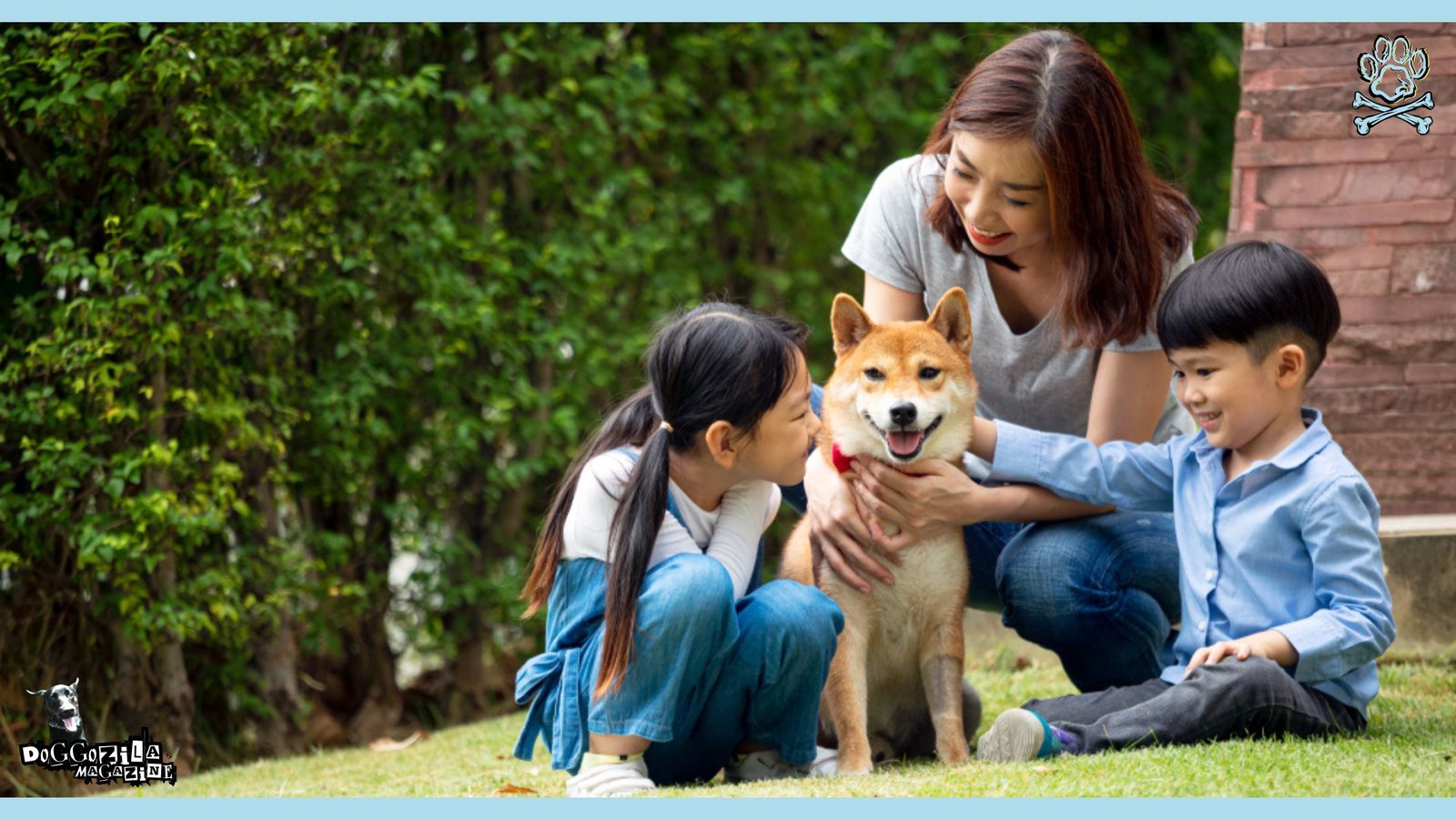
INTRODUCING FAMILY MEMBERS AND OTHER PETS
Introducing a new dog to your family and existing pets is a critical step that requires thoughtful planning and execution. The process should always prioritize slow and controlled introductions to minimize the anxiety that both the new dog and the existing household members might experience. Starting with a calm environment can significantly increase the likelihood of successful interactions.
Give Your Dog Time and Space to Help Him Adjust to His New Home
Begin by allowing the new dog to acclimate to its new surroundings. Give them a designated safe space within your home where they can retreat to feel secure. This initial period serves as a time for the dog to explore at its own pace, without overwhelming stimuli.
Family members should be gentle and patient, allowing the dog to approach them when it feels comfortable. When it comes to introducing family members, start with sparse interactions. For instance, designate short sessions where one family member engages with the dog using treats or gentle vocal commands.
Observe the dog’s body language closely—signs of stress could include cowering, tucked tails, or growling. Positive interactions are characterized by relaxed posture and an eagerness to engage. If any signs of discomfort emerge, it is smart to step back, as pushing too hard can have detrimental effects on the dog’s emotional well-being.
Introducing Other Pets Can Also Help a Dog Adjust to a New Home
Introducing other pets requires a similarly cautious approach. Begin with scent swapping, where you let the pets get acquainted through their own scent before any direct meetings. Once they are accustomed to each other’s smell, use gate barriers to facilitate a visual introduction. This controlled exposure will help mitigate potential territorial aggression or fear.
It is vital to supervise these interactions closely and to intervene if necessary, always prioritizing the safety of all animals involved. Recognizing and respecting the nuances of dog behavior during these introductions will foster healthier relationships over time.
Each step should be taken with patience, allowing both the new dog and existing family members to adjust without undue pressure. In concluding this introductory phase, the emphasis should always be on positive reinforcement to encourage a harmonious living environment for everyone involved.
🔑 Key Points: Introducing a new dog to your family and existing pets is really important and requires thoughtful planning and execution. The process should always prioritize slow and controlled introductions to minimize the anxiety that both the new dog and the existing household members might experience.
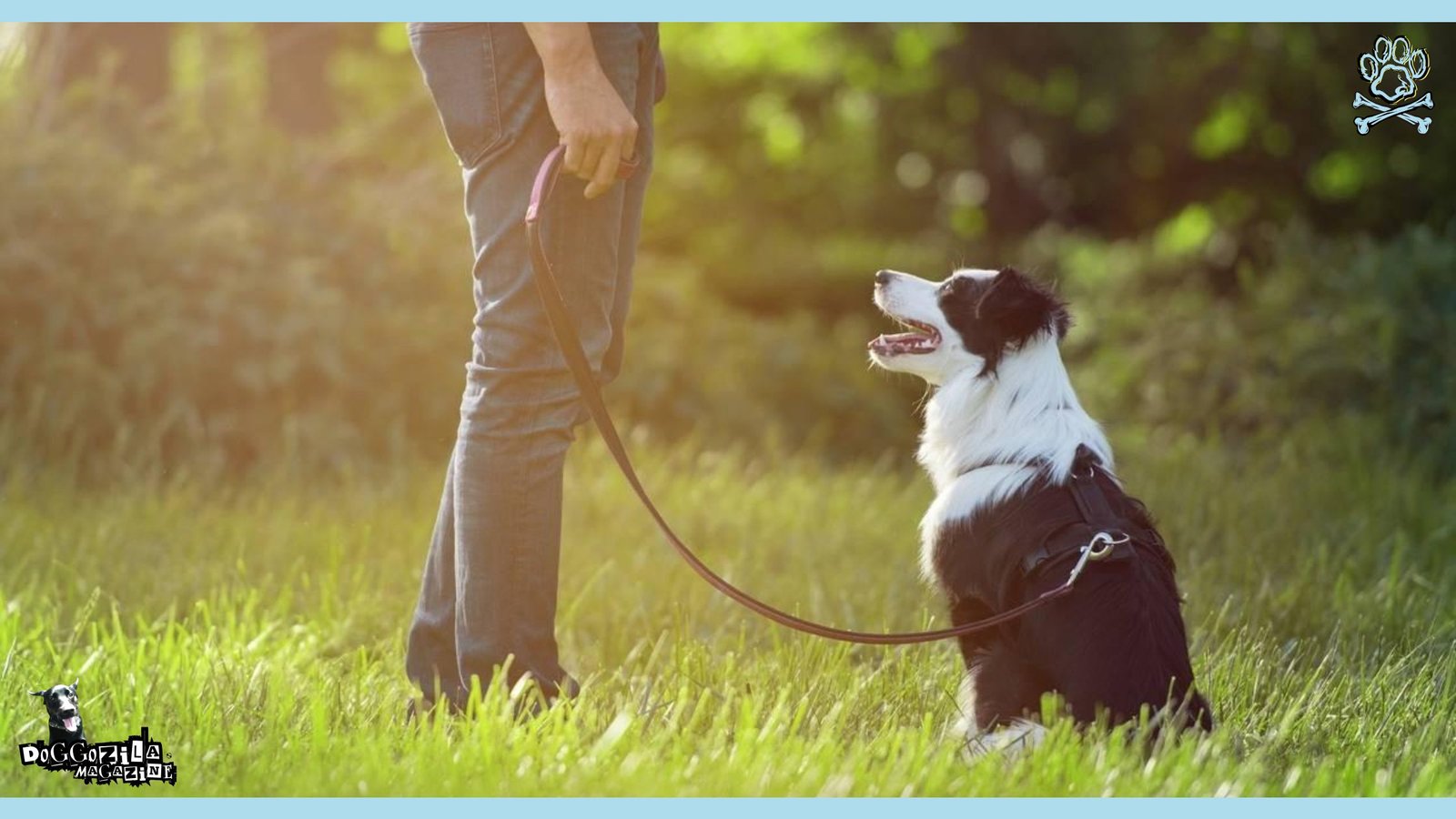
POSITIVE REINFORCEMENT AND TRAINING TECHNIQUES
When bringing a dog into a new home, it is essential to employ effective training techniques that facilitate a smooth transition. Positive reinforcement is a widely recognized method that can significantly aid in this process. By rewarding desirable behaviors with treats, praise, or playtime, pet owners can create an environment that fosters trust and confidence in their new canine companions. This approach not only encourages dogs to repeat good behaviors but also strengthens the bond between the dog and their owner.
Most Important is to Establish a Routine
One of the primary objectives during the adjustment period is to establish a routine. Consistency is key in communication, especially when it comes to commands. Using the same verbal cues and hand signals for basic commands such as “sit,” “stay,” or “come” helps the dog connect the action with the command effectively. This consistency will promote quicker understanding and responses, which can alleviate potential frustrations for both the dog and the owner.
Socialization will Help a Dog Adjust to a New Home
Another important aspect is socialization. Providing opportunities for the dog to interact with various environments, people, and other animals is crucial for their overall development. Training sessions can incorporate socialization elements, such as visits to the park or group training classes, where dogs can learn to behave appropriately in different situations.
This exposure builds their confidence and helps them adapt to their new surroundings. Moreover, regularly scheduled training sessions allow for important bonding moments between the dog and owner. These sessions should be enjoyable, thereby reinforcing positive feelings toward learning.
By utilizing techniques such as clicker training, where a click sound signifies a reward, owners can effectively capture and shape desired behaviors. Through positive reinforcement and well-structured training plans, dogs can navigate the complexities of their new environment with greater ease and security.
Adaptation and Gradual Exploration
Successful adaptation to a new home often hinges on the process of socialization, which can significantly enhance a dog’s comfort and confidence in their environment. Socialization entails exposing your pet to various people, animals, situations, and stimuli, which helps them learn to navigate their surroundings without fear or anxiety.
It is essential to approach this process gradually, particularly for dogs that may be shy or nervous in unfamiliar circumstances. Start by introducing your dog to different areas of the home, allowing them to explore at their own pace.
This could be as simple as letting them sniff around each room, understand new scents, and identify their designated spaces. Additionally, focus on creating positive experiences during these explorations; rewarding your dog with treats and praise when they display confidence can reinforce their comfort levels.
Brief Outings to Varied Locations
Once you help your dog adjust to the new home environment, begin to incorporate brief outings to varied locations. This can include local places such as dog-friendly parks or pet stores. During these visits, observe your dog’s reactions and maintain a calm and assuring presence.
Encourage them to interact with other dogs and individuals, ensuring that these encounters are positive and enjoyable. Gradual exposure to different sounds and sights, such as walking near busy streets or introducing them to children, can further enhance their social skills.
Moreover, engaging in specific socialization activities tailored to your dog’s age and temperament will be beneficial. For puppies, enrolling in a training class or puppy socialization group can create invaluable opportunities for interaction. Adult dogs might enjoy joining local hiking groups that welcome canines or utilizing nearby nature trails to enrich their experiences.
🔑 Key Points: Remember, the goal is to ensure that each socialization experience is rewarding, thereby laying a foundation for a well-adjusted, confident dog in their new home. This gradual exploration can help alleviate potential behavioral issues, fostering a harmonious relationship between the dog and their new environment.
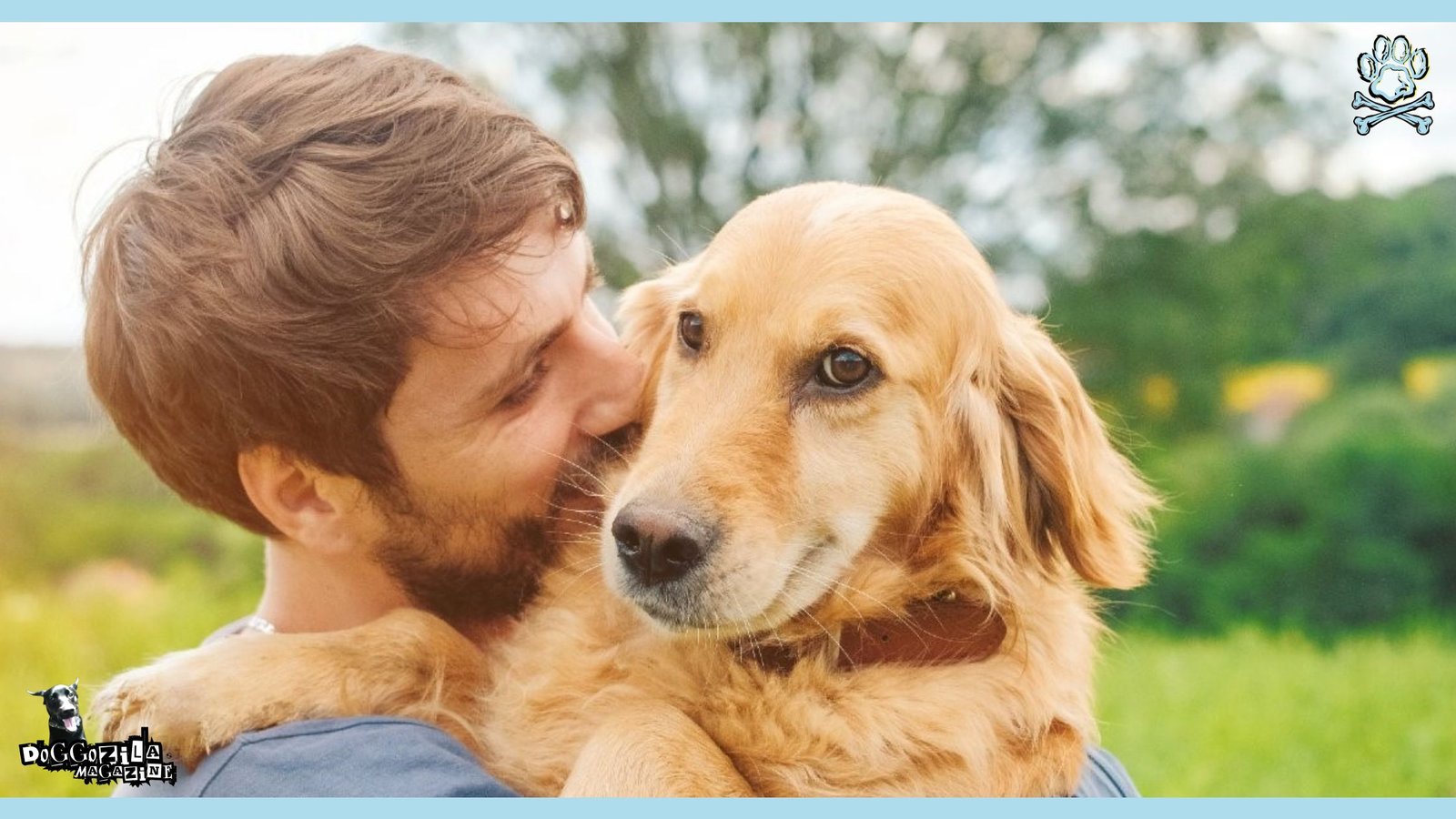
MONITORING DOG’S HEALTH AND WELL-BEING
When welcoming a new dog into your home, monitoring their health and well-being is crucial during the adjustment process. It is important for pet owners to be vigilant in observing their dog’s behavior, as changes may indicate stress or anxiety.
Help Your Dog with Recognizing the Signs of Stress or Anxiety to Adjust in New Home
Common signs of stress in dogs can include excessive barking, avoidance of social interactions, destructive behavior, and changes in eating habits. Recognizing these indicators promptly can help in addressing issues before they escalate.
Regular veterinary check-ups are essential to ensure that the dog is in good health. Before adopting, it’s advisable to obtain a full health history from the previous owner or shelter.
Ensuring that vaccinations are up-to-date, and discussing any necessary treatments with a veterinarian should be a priority. This will not only guarantee your dog’s physical well-being but also provide peace of mind regarding any underlying health concerns.
Mental Stimulation Will Help Your Dog to Adjust in New Home
In addition to physical health, mental stimulation plays a vital role in promoting overall well-being. Engaging your dog in interactive play, providing toys that challenge their intellect, and incorporating training exercises can significantly contribute to reducing anxiety levels.
Daily exercise, such as walks or playtime in the yard, not only improves physical health but also aids in the dog’s mental adjustment to their new home. If signs of anxiety persist despite implementing these strategies, seeking professional help may become necessary.
Consulting a veterinarian or a qualified dog trainer can provide tailored advice and behavioral interventions. It is always better to address ongoing problems sooner rather than later. By prioritizing your dog’s health and well-being, you can facilitate a smoother transition into their new living environment, ultimately fostering a happy and thriving companion.
